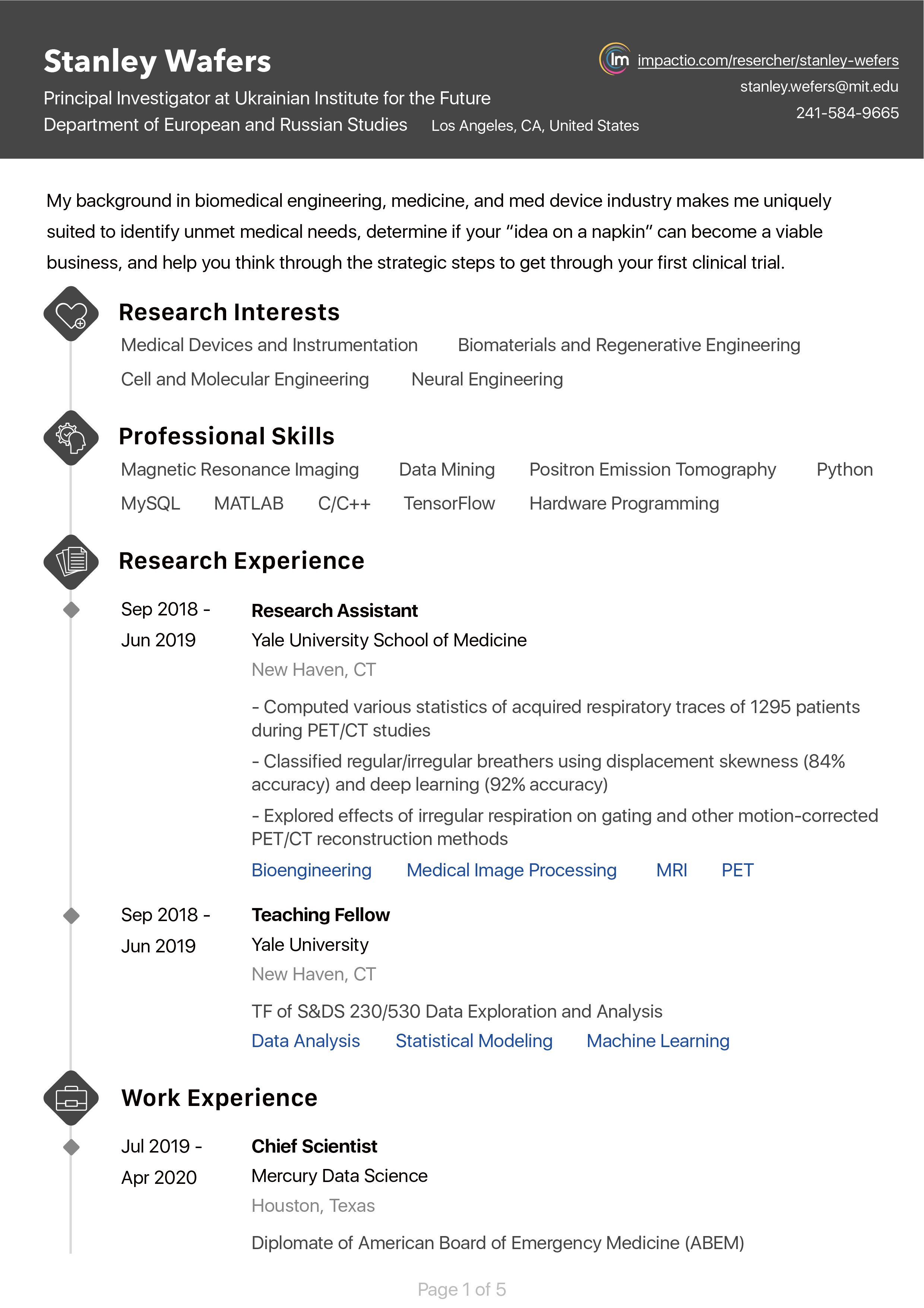非洲史瓦帝尼王國引致癲癇之神經性犬蛔蟲症或神經性囊尾幼蟲症之分子流行病學、相關危險因子與蟲體親緣分析(2020-2023)
Molecular Epidemiology, Related Risk Factors and Phylogenetic Analysis of Epilepsy-Causing Neurotoxocariasis or Neurocysticercosis in the Kingdom of Eswatini, Africa
Access Project
Emerging and Reemerging Zoonotic Parasitosis Caused by Fish-Borne Parasites: Health Risks Associated with Consumption of Fish(3/3)
Molecular Immunopathogenesis of Dermatophagoides Pteronyssinus (Der P1) Allergen on the Progression of Pulmonary Toxocariasis-Causing Asthma and Fibrosis by Proteomic Approaches
Asthma is a common chronic tracheal inflammatory disease with pathological characteristics of airway hyperresponsiveness and airway remodeling; idiopathic pulmonary fibrosis (IPF) is an unknown etiological cause with pathological characteristics of alveolar structural disorder that can lead to death due to lung function deterioration. Toxocara canis transmitted by dogs may infect humans and larval invasion of the lungs can cause pulmonary toxocariasis (PT) via blood circulation, but the patients did not show significant clinical symptoms due to latent infection. Experiments indicate that Toxocara infection mainly caused Th2 cell immune-based lesions, it is still unclear as whether PT may cause asthma or PF and if exposed to dust mite allergens will worsen the development of these symptoms also remains unknown. The preliminary results of the applicant are indicated as follows: (1). A murine model of PT has been established well. The larvae invading the lungs can be divided into three stages including the initial stage (within 1 week), middle stage (4-12 weeks) and late stage (16-28 weeks) (Vet Parasitol, 2003 and Taiwan Vet J, 2004); (2) Inflammation and fibrosis-related proteins TGF-β1, S100A12 and PCNA can be detected in the PT lung tissue. This three-year project intends to explore the molecular mechanisms underlying the development of the PT-causing asthma and PF disease or if exposure to allergens derived from Dermatophagoides pteronyssinus may worsen these diseases progression will be assessed by proteomics approaches. Year 1: Asthma severity from mice with pulmonary toxocariasis caused by high dose of 1000 T. canis ova, moderate dose of 100 T. canis ova or light dose of 10 T. canis ova will be sacrificed on day 2 (early stage), week 8 (middle stage), or week 16 (late stage) that will be compared with that from mice induced by OVA. Year 2: Pulmonary fibrosis severity from mice with pulmonary toxocariasis caused by high dose of 1000 T. canis ova, moderate dose of 100 T. canis ova or light dose of 10 T. canis ova will be sacrificed on day 2 (early stage), week 8 (middle stage), or week 16 (late stage) that will be compared with that from mice treated by Bleomycin. Year 3: Select the group of mice with the most severe and mildest asthma and PF symptoms in the first and second years of the trial, then sensitized with the Dermatophagoides pteronyssinus Der p 1 to evaluate the exacerbation degree of asthma or PF progression.
Access Project
Emerging and Reemerging Zoonotic Parasitosis Caused by Fish-Borne Parasites: Health Risks Associated with Consumption of Fish
Access Project
https://www.grb.gov.tw/search/planDetail?id=12384761&docId=519761
犬蛔蟲胜肽抗伺機性與多重耐藥性金黃色葡萄球菌與鮑氏不動桿菌之機轉、表現、特化與應用
Emerging and Reemerging Zoonotic Parasitosis Caused by Fish-Borne Parasites: Health Risks Associated with Consumption of Fish
Consume raw and improperly cooked fishes may acquire fish-borne zoonotic parasitosis, which are currently (re-)emerging also due to population movement and climate changes. The aims of proposed collaborative project are focused on to the assessment of present occurrence, fish host associations, and current distribution and transmission routes of potential causative agents of fish-borne parasitosis in Taiwan. Trematodes (Clonorchis, Metagonimus, Haplorchis) responsible for human liver and intestinal infection, respectively, broad fish tapeworm (Diphyllobothrium) causing diphyllobothriosis and the anisakid nematodes (e.g. Anisakis simplex) causing human anisakiosis, will serve as model parasite groups. The novelty of the project lies in its interdisciplinary character, i.e., application of different methodological approaches, e.g., morphology, ultrastructure, phylogeography, phylogenetics and molecular karyology. The project will be based on international cooperation with a key role of Slovak parasitologists experienced in multidisciplinary studies on the helminth parasites including causative agents of zoonotic diseases and fish surveys to detect their infective stages.
Access Project
Molecular Pathogenesis of Progression of Cerebral toxocariasis into Alzheimer’s-Like Disease Affected by Dysfunctional Regulation from Impaired UPS and ALS That Lead to Aberrant Βeta-Amyloid Generation and Metabolism in Brain
Cerebral toxocariasis (CT) due to cerebral invasion by Toxocara canis, which is zoonotic parasite, represents the complicated consequences in the brain. Applicant has completed and submitted the 2nd-revised version of review paper entitled “Cerebral Toxocariasis: Silent Progression to Neurodegenerative Disorders?” which was invited by chief-in-editor of Clinical Microbiology Reviews (IF = 16.0, 2/119, Microbiology, 2013), indicating a total of 25 clinical CT cases have been found by searching the data from PubMed from 1985-2014. Of which, one German woman with CT whose age was 65 years old present with cognitive deficit and dementia, however, the neurodegenerative condition got greatly improved after treatment with Albendazole (Richaratz & Buchkremer, 2002). Except clear knowledge of Albendazole in killing T. canis larvae in the brain through many experimental studies, it remains unknown the possible mechanisms regarding the improvements of neurodegenerative conditions which is postulated to be related to the possibly lessened inflammatory cytokine production and decreased BACE1/γ-secretase activity thus resulting in the restored function of ubiquitin-proteasome system (UPS) or autophagy-lysosome system (ALS) in degradation of neurotoxic proteins e.g., β-amyloid. In addition, it is also unclear to the possible roles of astrocytes and microglial cells involved the development of CT into Alzheimer’s disease (AD). A preliminary data in a past 3-year NSC project (NSC96-2628-B-038-004-MY3) conducted by applicant found that IFN-γ increased significantly over time and at 20 weeks post infection TNF-α also increased concomitantly, indicating inflammatory response emerged and additionally, enhanced expression of BACE-1 and resultant AβPP-C99/Aβ42 as well as neurodegeneration associated proteins (NDAPs) e.g., TGF-β1 was also observed in T. canis-infected mice brain. Meanwhile, UPS impairment was also found from the beginning period thus prompting to the postulation that the malfunction in degradation of the toxic proteins. In vitro studies found that excretory-secretory antigens derived from T. canis larvae may trigger astyrocyte to undergo apoptosis and also stimulate these cells to release NDAPs, TGF-β1. These data support to constitute a hypothesis that TcES from the brain invading T. canis larvae may stimulate astrocyte or microglial cells to release pro-inflammatory cytokines and abnormal expression of NDAPs, BACE-1 and γ-secretase as well can result in overproduction of AβPP-C99 and Aβ42 accumulation to form Aβ plaque that simultaneously work together to impair the degradation function of UPS and ALS thus leading to the development of CT to AD. We intend to spend 3 years to examine these hypotheses: 1st year: Examine whether neurodegeneration associated cognitive deficit and dementia can occur to the brain invaded by T. canis larvae which was resulted from the abnormal pro-inflammatory cytokines, BACE-1 /γ-secretase, AβPP-C99/Aβ42, NDAPs expression as well as impaired degradation function of UPS and ALS thus finally leading to development of CT to AD.; 2nd year: Examine whether neurodegenerative condition can get improved in the brain invaded by T. canis larvae that was due to lessened pro-inflammatory cytokines, BACE-1 /γ-secretase, AβPP-C99/Aβ42 and NDAPs expression as well as restored functions of UPS and ALS after proper treatment with Albendazole.; 3rd year: Prior to co-culture with TcES and astrocyte or microglial cells, those glial cells were treated with BACE-1, proteasome 20S, or mTOR inhibitor individually or combined. Thereafter, pro-inflammatory cytokines, BACE-1/γ-secretase, AβPP-C99/Aβ42 and NDAPs expression as well as functions of UPS and ALS will be assessed to provide further insights to the possible roles of astrocyte or microglial cells involved in development of CT to AD.
Access Project
https://www.grb.gov.tw/search/planDetail?id=11581175&docId=471502
抑制SP/NK-1R的表現探討腦部神經膠質細胞對血腦屏蔽緊密連結蛋白與腦部損傷相關生物標記的表現和泛素蛋白#37238
Molecular Pathogenesis of Cerebral Neuroglia Cells on Tjps and Biabs Expressions as Well as Ups Dysfunction in Neurotoxocariasis That Develops Progressively into Alzheimer's-Like Diseases as Assessed by SP/NK-1R Inhibition
Based on our preliminary data of the 3-years NSC grant (NSC96-2628-B-038-004-MY3) entitled “Molecular pathogenetic mechanism of neurotoxocariasis potentially develops into Alzheimer’s-like diseases”, a further hypothesis is proposed that Tachykinins substance P (SP) may cause tight junction proteins (TJPs) changes of cerebral endothelial cells (CECs) located in blood-brain barrier (BBB) or trigger microglial cell or astrocytes to produce inflammatory cytokines (ICs) thus leading to the increased BBB permeability through interaction of NK-1R on the surface of CECs, microglial cell or astrocytes. Following Toxocara canis larval (TcL) invasion into the brains, TcL antigens may stimulate microglial cell or astrocytes to produce significant SP and neuroinjury associated factors (NIAFs) and in the meanwhile, because the functions of both BBB and ubiquitin-proteosome system (UPS) persistently work abnormally make persistent inflammation in the brains due to excess accumulation of neurotoxic β-amyloid (Aβ) which can not be cleaned up or expelled out the brain that all of those evidences proposed a high possibility of neurotoxocariasis may develop into Alzheimer’s-like diseases. However, three important issues should be clarified that may prove our hypothesis. The 1st year protocol: To investigate the relationship between increased BBB permeability, UPS impairment, expressions of SP/NK-1R, TJPs, ICs, as well as NIAFs by what kind of Tc infection intensity and neurodegeneration. The 2nd year protocol: To investigate whether inhibition of SP/NK-1R expression may improve murine neurodegenerative syndrome caused due to increased BBB permeability and UPS impairment possibly through manipulation of TJPs、ICs, and NIAFs expressions. The 3rd year protocol: To investigate (A) whether TcL antigens per se may trigger (1) the production of SP/NK-1R and TJPs changes from CECs, (2) the production of SP/NK-1R, ICs, and NIAFs from microglial cell or astrocytes. (B) If SP/NK-1R antagonist CP-96,345 was added into the co-cultures of TcL antigens and CECs, microglial cell or astrocytes, how are the TJPs expressions of CECs as well as expressions of ICs, and NIAFs of microglial cell or astrocytes.
Access Project
https://www.grb.gov.tw/search/planDetail?id=2202434&docId=351060
Molecular Pathogenesis of Cerebral Neuroglia Cells on Tjps and Biabs Expressions as Well as Ups Dysfunction in Neurotoxocariasis That Develops Progressively into Alzheimer's-Like Diseases as Assessed by SP/NK-1R Inhibition
Based on our preliminary data of the 3-years NSC grant (NSC96-2628-B-038-004-MY3) entitled “Molecular pathogenetic mechanism of neurotoxocariasis potentially develops into Alzheimer’s-like diseases”, a further hypothesis is proposed that Tachykinins substance P (SP) may cause tight junction proteins (TJPs) changes of cerebral endothelial cells (CECs) located in blood-brain barrier (BBB) or trigger microglial cell or astrocytes to produce inflammatory cytokines (ICs) thus leading to the increased BBB permeability through interaction of NK-1R on the surface of CECs, microglial cell or astrocytes. Following Toxocara canis larval (TcL) invasion into the brains, TcL antigens may stimulate microglial cell or astrocytes to produce significant SP and neuroinjury associated factors (NIAFs) and in the meanwhile, because the functions of both BBB and ubiquitin-proteosome system (UPS) persistently work abnormally make persistent inflammation in the brains due to excess accumulation of neurotoxic β-amyloid (Aβ) which can not be cleaned up or expelled out the brain that all of those evidences proposed a high possibility of neurotoxocariasis may develop into Alzheimer’s-like diseases. However, three important issues should be clarified that may prove our hypothesis. The 1st year protocol: To investigate the relationship between increased BBB permeability, UPS impairment, expressions of SP/NK-1R, TJPs, ICs, as well as NIAFs by what kind of Tc infection intensity and neurodegeneration. The 2nd year protocol: To investigate whether inhibition of SP/NK-1R expression may improve murine neurodegenerative syndrome caused due to increased BBB permeability and UPS impairment possibly through manipulation of TJPs、ICs, and NIAFs expressions. The 3rd year protocol: To investigate (A) whether TcL antigens per se may trigger (1) the production of SP/NK-1R and TJPs changes from CECs, (2) the production of SP/NK-1R, ICs, and NIAFs from microglial cell or astrocytes. (B) If SP/NK-1R antagonist CP-96,345 was added into the co-cultures of TcL antigens and CECs, microglial cell or astrocytes, how are the TJPs expressions of CECs as well as expressions of ICs, and NIAFs of microglial cell or astrocytes.
Access Project
https://www.grb.gov.tw/search/planDetail?id=2100095&docId=335023

2.范家堃,專利池對非洲治療公衛相關被忽略的熱帶疾病之研究(Thesis: Study of patent pool in treatment of public health related neglected tropical diseases in Africa),國立政治大學法律科際整合研究所碩士論文,頁1-114,2016年7月。










